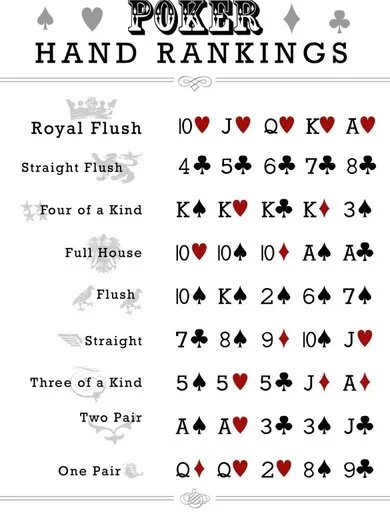Poker Stack sizes – When new players sit down at the poker tables, all they see in front of them is a huge pile of chips. With a lack of crucial concepts, it’s hard to know the value of those chips. In cash-game poker, the chips usually equate to real money, yet in tournaments, the chips represent your “score” or place and don’t correlate with cash values in the same way.
Add to this another confusion. In any game of poker, the big blind determines the compulsory bets that players must make each round as well as the minimum bet that you can make. The blind levels determine the pace of play. For this reason, it is useful to think about your stack size in the number of big blinds it represents.
Stack Sizes in Big Blinds
Let’s say that you have a poker stack size of 20,000 chips. That’s a lot! Well, in truth, it depends on the blind levels. It’s all relative.
When the blinds are 100/200, then you have 200BB, which is considered quite a deep stack that allows you to play flexible poker. When you have the same stack, and the blinds are 1,000/2,000, you only have 20BB, and your relative stack size is quite short. Soon you will be in danger of losing all your chips as the big blinds force you to bet.
That is why experienced players talk about their stack size in big blinds. They say, “I have 28BB in my stack.” That gives a standardized way to talk about and analyze hands. More importantly, it also defines how you should play, both psychologically and mathematically.
The bigger your stack compared to the blind levels, the more strategy you have available. The shorter your stack compared to the blinds, the more your options reduce — until your only one left is to shove all-in pre-flop!
There’s also a psychological element. When your stack is much bigger than your opponents, you force them to make decisions that could cost them their tournament life. The common poker strategy for chip leaders is to apply pressure to medium stacks and weaker players who are likely to fold. In this respect, big stacks also give you mental leverage.
That may all seem quite complex, but poker is not a simple game. For now, all you need to remember is that you should think about your poker stack sizes in the number of big blinds. Doing so will make it easier to calculate how long you can survive in the tournament. It will also determine how you should play against your opponents.

Short to Medium Stacks
Let’s say you have a stack of 2,000 chips. The blinds are at 100/200, with an ante of 10. That means that on a nine-person table, a single round sat at the table, without making any voluntary bets, costs you 390 chips. You would have no chips left if you didn’t make a move for the next five rounds. Even further, the blinds could go up again, and you will end up with even fewer chips less time to make your move.
10BB stacks are considered in the “danger zone.” So, if your stack has dwindled to this size, you only have one move left: to shove all in pre-flop. You should still look to pick your spot and either steal the blinds or shove for value and hope to double up.
Shoving to steal with this stack is quite profitable, as you are only risking 10BB to win a possible 2BB. You would still have the chance to double up if called. Remember, the fewer people to make a fold, the more effective a steal will be.
Anything from 16BB– 25BB (preferably on the higher end) is considered a perfect “re-shove stack.” Your best option with this stack size is to re-shove all-in against players who are too aggressive with their open raises but are likely to fold to any resistance. Re-steals will add a lot of chips to your stack but be sure to mix up your range so that you can double up with strong hands.
Medium to Big Poker Stack Sizes
Chip stacks of around 26–35BB are quite common in cash games and in multi-table tournaments. These poker stack sizes are considered “playable” in that most of the options and moves are available to you. You can raise-fold pre-flop, three-bet with decent hands, raise and play hands post-flop, make the most of implied odds with flush draw and pocket pair hands, and much more.
As you get toward 35–50BB, you are in the zone of total freedom. As long as a move has a positive expected value, then it is open to you. With these blind levels, the trick is in not losing all your stack by tilting or making a silly mistake. You need to protect deeper stacks by controlling the pot with mediocre holdings, and by not playing hands with bad reverse implied odds. For example, spewing a 50BB stack with A-T to your opponent’s A-K is a bad idea! Instead, selectively target tight players and confront loose players only with solid hands.
It’s worth mentioning that many SNGs and quite a few turbo format MTTs have stack sizes and blind structures, which leave you with short stacks early. It’s rare that you will have a 50BB stack for longer than a few blind levels in these games, so it’s critical to open and create action while you can.
Deeper stacks also require more learning. With more options, and more opportunity to lose a lot of chips as well as win a great deal, you need to have a sophisticated poker game. Many new players choose to build up their skills playing shorter stack games with 25BB stacks first. Whichever games you play, however, remember to always consider your stack sizes and your opponent’s, too. Think in big blinds, and you will soon understand the edge it gives you.


Comments are closed.